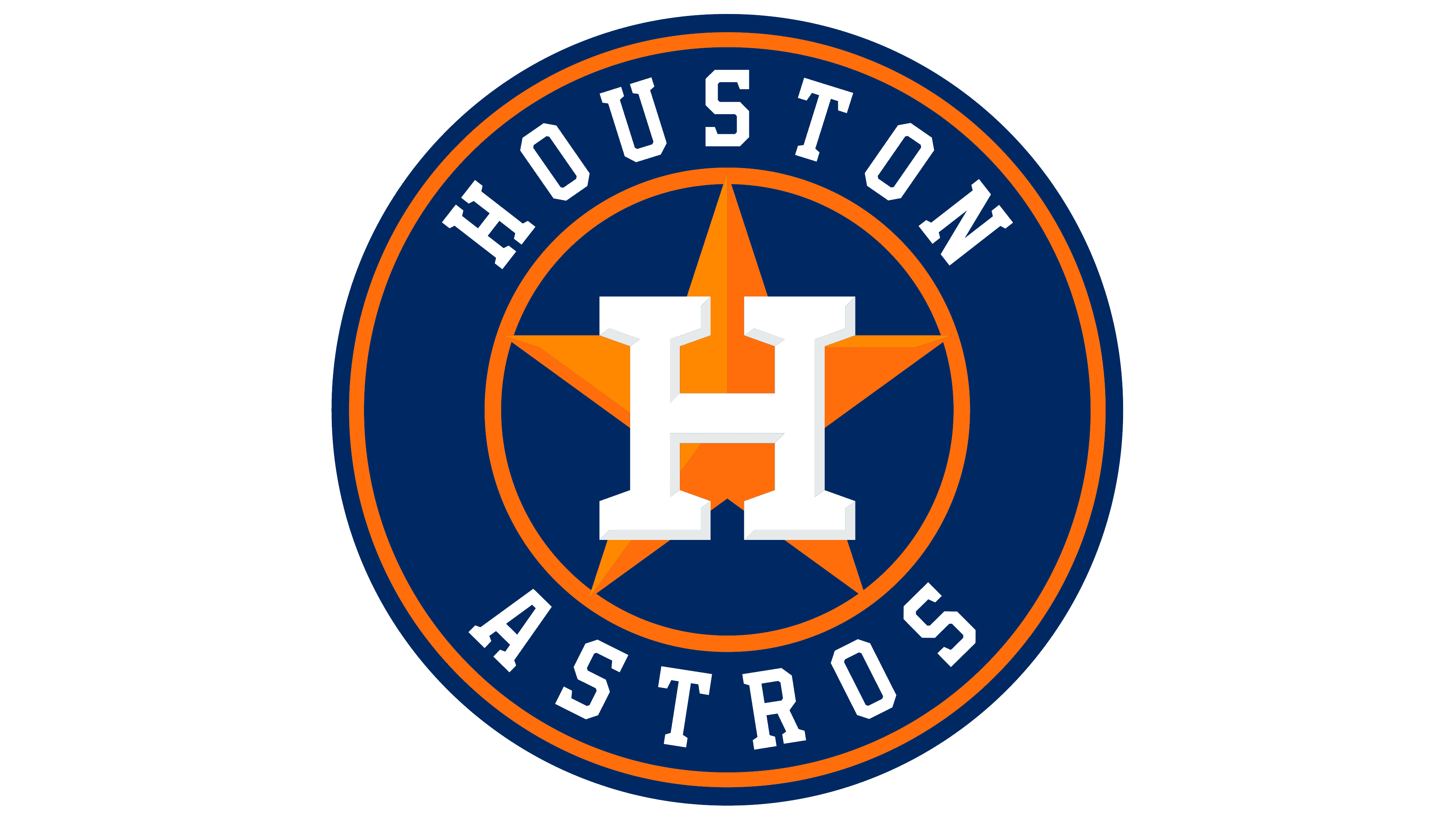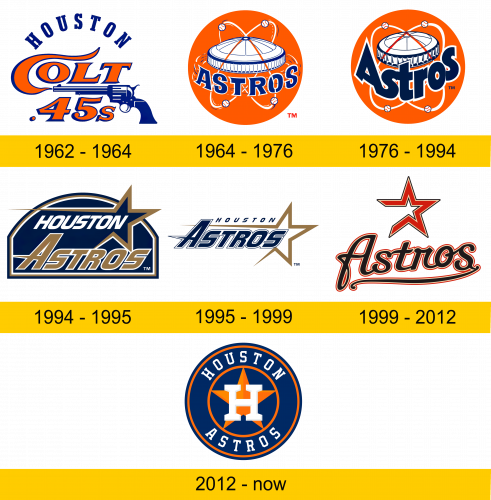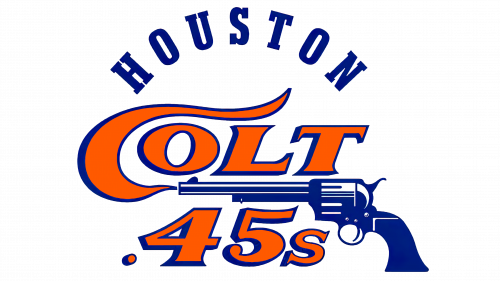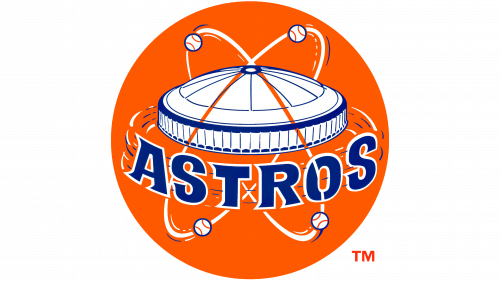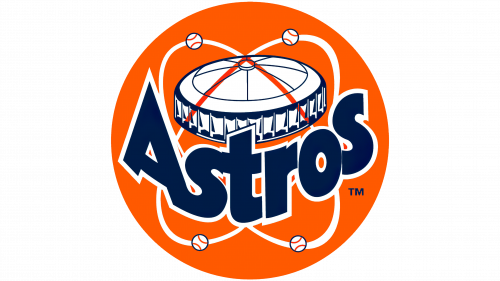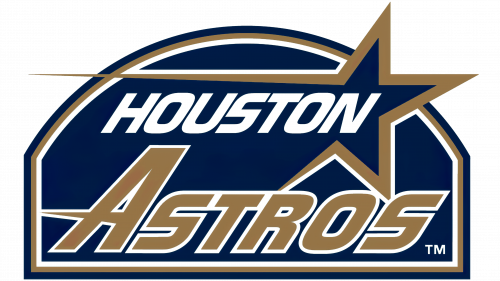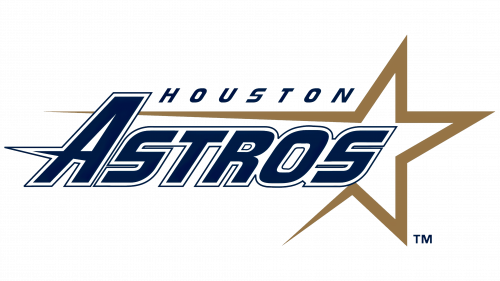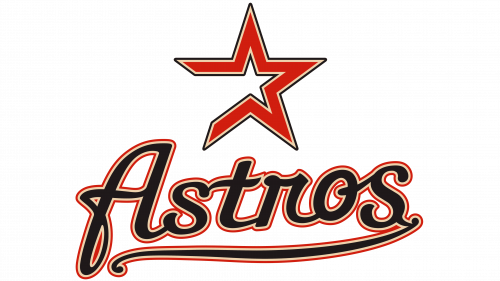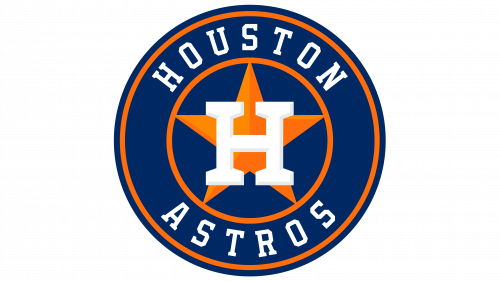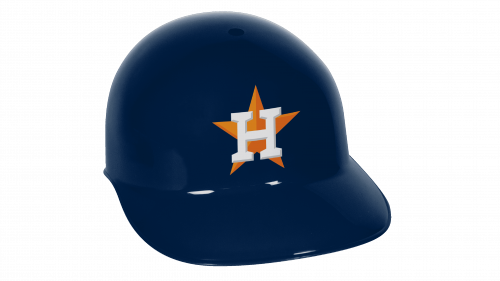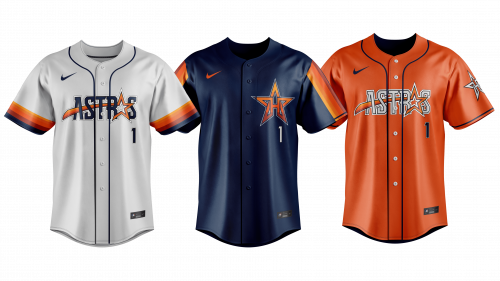Houston Astros is an American baseball Team from Houston, Texas. They are one of the newer teams, only being granted franchise in the 60s, while most iconic clubs have been around since the end of the 19th century. In the Western division of American League, they occupy one of the top spots.
Who owns Houston Astros? Jim Crane is a major Houston businessman and the head of several firms named after him. He also owns Astros.
History Logo
The team was established in 1962 in Houston. For the first several years, they’ve been officially known as Houston Colts .45 (on account of playing in the Colt Stadium). Later, they’ve been renamed Astros to commemorate the city’s contribution into the American space program.
1962 – 1964
The 1962 logo featured a colt revolver colored in blue with the name inscriptions above and below the barrel. It included ‘Colt’ and ‘45s’ respectively. Both were orange and had a for-the-most-part ordinary style (except for the ‘C’, which was styled as the smoke coming out of the revolver’s barrel).
The only other thing was the blue word ‘Houston’ typed above in a curve.
1964 – 1976
In 1964, they instead started using an orange circle with several images inside as a logo. The primary one was the depiction of their then-base at Astrodome – a circular closed white stadium with a thin blue rim. Beneath it (and curved to fit its edges) was the word ‘Astros’ written in capital letters.
Moreover, several baseballs were depicted orbiting both these elements. Their trails made up a symbol of atom.
1976 – 1994
In 1976, the letters in ‘Astros’ became much bigger, taller and sharper. Their color also turned slightly darker, but that’s it.
1994 – 1995
In 1994, they introduced a blue plaque styled as a silhouette of their Astrodome stadium, with their full name – ‘Houston Astros’ – written in two lines and styles inside. The part below was colored in gold. There was also a golden star with an opening in its left side and a much longer left line. This inner space was where the upper name part was put.
1995 – 1999
They took a lot from the previous design for this logo: including the appearance of the star and the ‘Astros’ part. The latter, however, was colored dark blue this time and put inside the former. The ‘Houston’, for its part, was moved to above the line.
1999 – 2012
In 1999, they opted to simply write ‘Astros’ in a black orange-outlined cursive word right beneath the star part. The star changed a lot too: it’s now red and with a hollow space inside. The left section is still missing, making the blank parts look like a shooting star inside a bigger one.
2012 – today
The 2012 logo is a dark blue circle divided into several ring sections by the orange circles. The core part includes an orange star with an ‘athletic’ white ‘H’ right in front of it. The adjacent level is home to the name elements: ‘Houston’ above & ‘Astros’ below. Both are written in white and with the same style as the central letter.
Helmet History
Their helmets were mostly black for the majority of their history, with orange or some dark blue alternatives. The only other colored parts were the emblems they put in the forehead area. For the past several decades, it’s been sort semblance of the star from their logos.
Uniform History
Most of their historic uniform designs were prevalently white with some minor black or blue details, including letters, sleeves and numbers. Some also sported orange stripes across them. The more recent designs feature a mix of blue and orange over the otherwise completely white clothes.
Houston Astros Colors
NAVY
PANTONE: PMS 648 C
HEX COLOR: #002D62;
RGB: (0, 45, 98)
HSB: (211, 100, 38)
CMYK: (100, 89, 34, 25)
ORANGE
PANTONE: PMS 158 C
HEX COLOR: #EB6E1F;
RGB: (235, 110, 31)
CMYK: (3, 70, 100, 0)
LIGHT ORANGE
PANTONE: PMS 1495 C
HEX COLOR: #F4911E;
RGB: (244, 145, 30)
CMYK: (1, 51, 100, 0)

